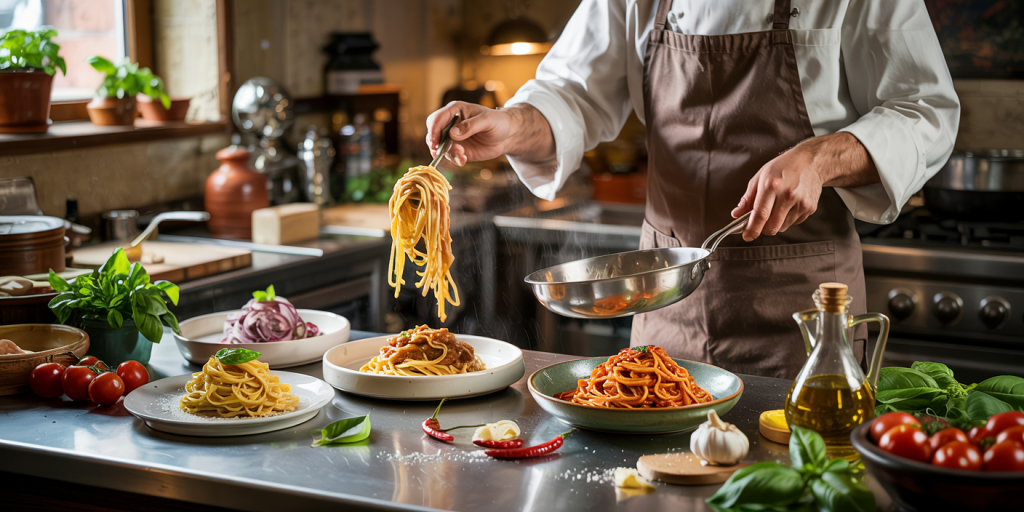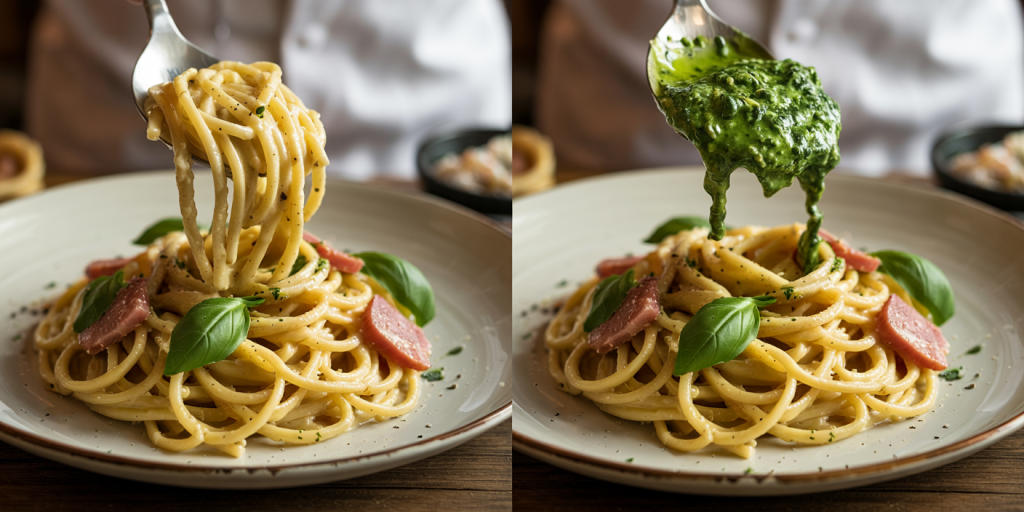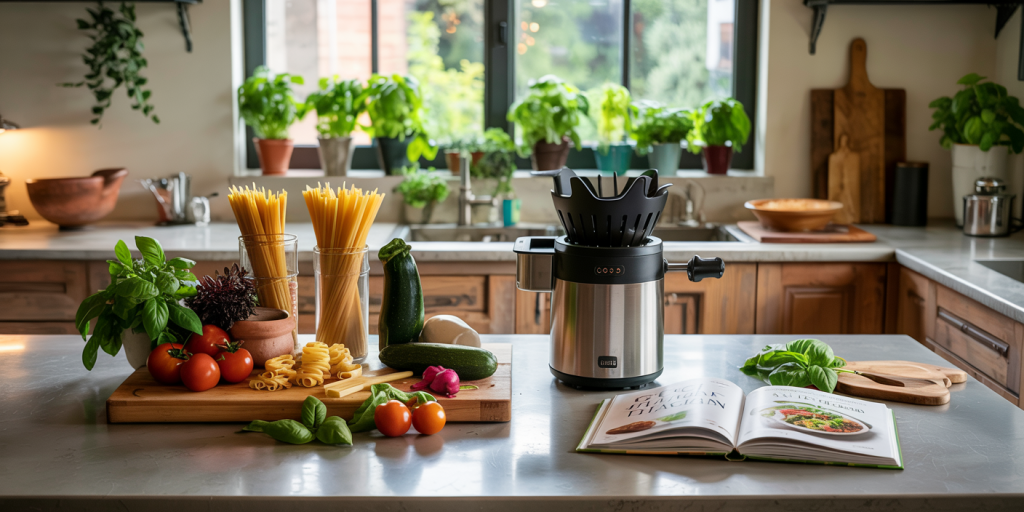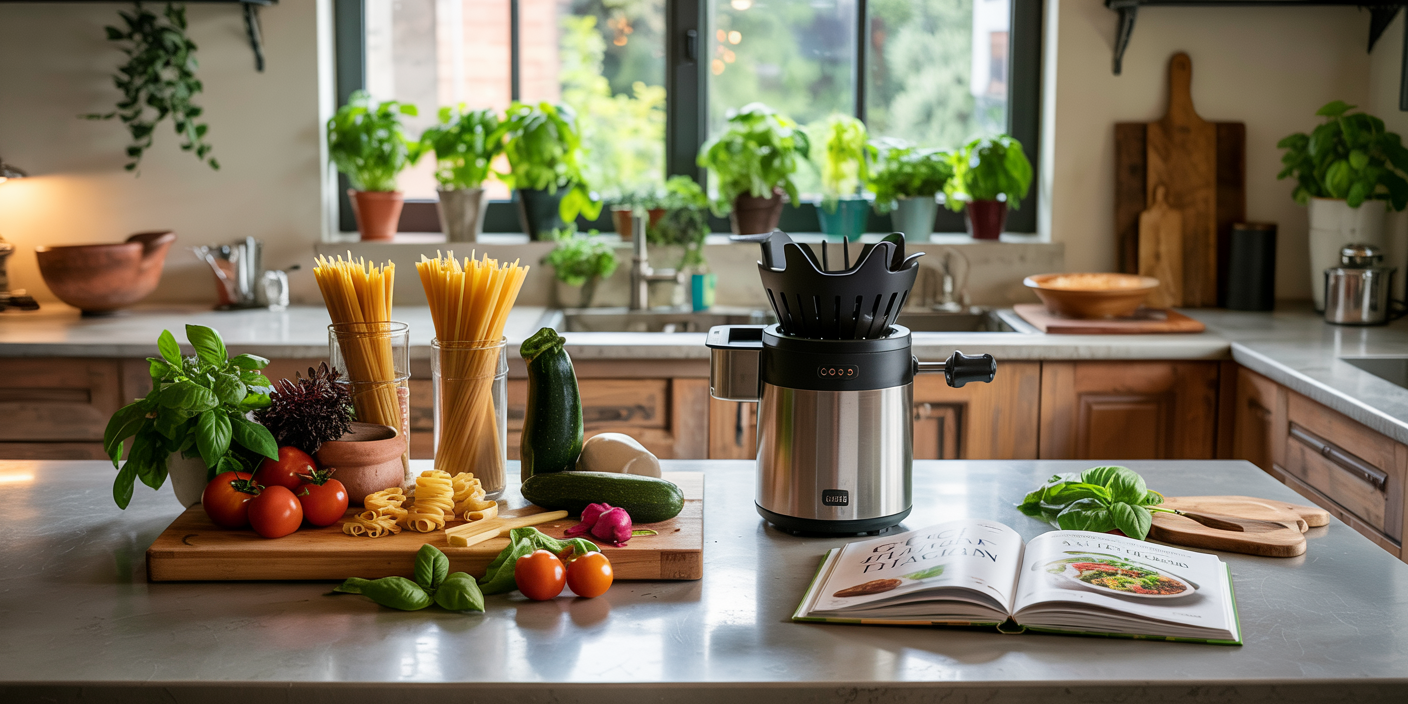Italian cuisine is celebrated worldwide for its rich flavors, fresh ingredients, and comforting textures. Among its many culinary treasures, pasta holds a special place as a cornerstone of traditional and modern Italian cooking. For busy home cooks and food enthusiasts alike, quick Italian pasta dishes offer a perfect blend of authenticity, ease, and taste, making them ideal for everyday meals without compromising quality. This article explores various quick Italian pasta recipes, their preparation techniques, and the best ways to optimize these dishes to fit into a busy lifestyle while retaining their mouthwatering appeal.
The Appeal of Quick Italian Pasta Dishes
Italian pasta recipes have an extraordinary ability to turn simple ingredients into a satisfying meal. They boast versatility, allowing for numerous variations depending on what’s available in your pantry or refrigerator. Quick pasta dishes, in particular, capitalize on minimal ingredients to deliver maximum flavor in a short period.
One example is the classic Pasta Aglio e Olio, which uses just garlic, olive oil, chili flakes, and spaghetti. This dish can be prepared in under 15 minutes, making it a lifeline on busy weekday evenings. According to a survey conducted by Statista in 2023, approximately 68% of home cooks prefer quick pasta dishes for their convenience and taste, proving the growing popularity of these recipes globally.
Moreover, quick pasta dishes are not only fast but also customizable. Whether you want to incorporate vegetables, proteins, or experiment with different pasta shapes—there is room for creativity without increasing the total cooking time. For instance, penne arrabbiata is a spicy tomato-based pasta that takes roughly 20 minutes to prepare and can easily be modified to include protein options like grilled chicken or shrimp.
Essential Ingredients and Techniques for Speedy Preparation
The cornerstone of any quick Italian pasta dish is high-quality ingredients combined with proper techniques. Authentic olive oil, fresh garlic, ripe tomatoes, and good-quality pasta make a noticeable difference even in a minimalistic recipe.

One essential technique is to cook the pasta “al dente” (firm to the bite), which reduces post-cooking mushiness and allows the pasta to maintain texture when mixed with sauces. According to the Italian Food and Wine Association, optimally cooking pasta takes 8 to 12 minutes depending on the variety and brand. Utilizing salted boiling water is another fundamental tip—it enhances the pasta’s flavor significantly. An example here is the preparation of Spaghetti Carbonara, which requires a delicate balance between the pasta’s firmness and the creamy egg-based sauce that coats it.
Another critical aspect is preparing the sauce while pasta cooks. Multitasking in the kitchen ensures minimal total cooking time. For instance, starting with minced garlic sautéing in extra virgin olive oil can be done simultaneously while the water boils and pasta cooks. Pairing these steps effectively can reduce overall cooking time to under 20 minutes for numerous dishes.
Popular Quick Italian Pasta Recipes with Practical Applications
Here is an overview of some highly favored quick Italian pasta dishes, highlighting their preparation times, key ingredients, and general nutritional profiles in a comparative table.
| Dish Name | Main Ingredients | Average Cooking Time | Calories per Serving | Protein Content (g) |
|---|---|---|---|---|
| Pasta Aglio e Olio | Spaghetti, garlic, olive oil, chili | 15 minutes | 400 | 10 |
| Penne Arrabbiata | Penne, tomato, garlic, chili | 20 minutes | 450 | 12 |
| Spaghetti Carbonara | Spaghetti, eggs, pancetta, cheese | 20 minutes | 550 | 22 |
| Pasta Pesto Genovese | Fusilli, basil pesto, pine nuts | 15 minutes | 500 | 12 |
For example, Pasta Pesto Genovese leverages prepared basil pesto, significantly cutting down cooking time since the sauce is ready-made. This dish is especially popular in Liguria, Italy, where fresh basil, pine nuts, and Parmesan define its distinct flavor profile.

Another example is Spaghetti Carbonara, adored for its creamy texture without cream. The sauce consists of eggs, Pecorino Romano cheese, and pancetta, requiring careful heat control to avoid cooking the eggs too quickly. This technique ensures a velvety sauce coating the pasta, prepared traditionally in Roman households.
Comparing Fresh vs. Dried Pasta for Quick Recipes
One common question among cooks revolves around the choice between fresh and dried pasta for fast meal preparation. Both types have unique characteristics that influence cooking time, texture, and flavor absorption.
Fresh pasta is made primarily with flour and eggs and typically cooks faster—within 2 to 4 minutes—due to its higher moisture content. It is softer and tends to absorb sauces quickly, making it ideal for lighter, creamy sauces such as those used in Pasta Alfredo or simple butter and sage combinations. However, fresh pasta can be more perishable and pricier, requiring refrigeration or freezing.
Dried pasta, on the other hand, is made from semolina flour and water, with a longer shelf life. Its firmer texture holds up better in heavier sauces and requires average cooking times of 8 to 12 minutes. Dried pasta is a logistical advantage for quick cooking since it can be stored at room temperature for months, allowing for spontaneous meal preparation.
| Aspect | Fresh Pasta | Dried Pasta |
|---|---|---|
| Cooking Time | 2-4 minutes | 8-12 minutes |
| Shelf Life | Few days refrigerated | Months at room temperature |
| Texture | Softer, absorbs sauce quickly | Firmer, holds heavier sauces |
| Best Use | Creamy or delicate sauces | Tomato-based or thick sauces |
| Cost | Higher per serving | More economical |
Many Italian cooking experts recommend maintaining both in the pantry to adapt quickly to varying meal plans and preferences.
Incorporating Nutritional Balance in Quick Pasta Dishes
While quick pasta dishes often make for comfort food, attention to nutritional balance is integral for a healthy diet. A well-rounded meal includes a balance of carbohydrates, proteins, healthy fats, and fiber.
Legumes, lean proteins, and vegetables can be easily added to quick pasta recipes to enhance their nutritional profile without compromising preparation time. For instance, adding cherry tomatoes and spinach to Penne Arrabbiata not only boosts vitamin content but also provides antioxidants and fiber. Similarly, integrating grilled chicken or chickpeas can increase protein levels, turning a simple pasta dish into a more balanced meal.
According to the American Heart Association’s 2023 dietary guidelines, including more plant-based foods combined with lean proteins can reduce risks associated with cardiovascular diseases and obesity. Quick Italian pasta recipes play well into these guidelines by allowing the incorporation of fresh vegetables and healthy fats like olive oil.
For example, a simple modification of Aglio e Olio is adding steamed broccoli and chickpeas. This addition delivers fiber and protein, making it suitable for individuals seeking plant-based or low-calorie options while still enjoying traditional flavors.
Future Trends in Quick Italian Pasta Cooking
The future of quick Italian pasta dishes is influenced by evolving culinary trends, sustainability considerations, and technological advancements in kitchenware and ingredients.

One emerging trend is the increased use of whole grain and gluten-free pasta options to cater to dietary restrictions and health-conscious consumers. According to market research by Mintel in 2024, the global gluten-free pasta market grew by 15% in the last two years, reflecting rising consumer demand. These alternatives do not significantly affect cooking times, thus maintaining the quick nature of traditional recipes.
Technology also plays a pivotal role with the advent of smart kitchen appliances such as induction cooktops with temperature control and multifunctional pots that reduce cooking time and improve safety. These devices allow precise control over sauce consistency and pasta texture, ensuring optimal results even for novice cooks.
Furthermore, sustainability is a key consideration. The Italian culinary community is increasingly advocating for locally sourced ingredients, reducing food waste, and promoting zero-waste cooking methods. Quick pasta dishes can adapt well to these ideals by using seasonal vegetables, leftover pesto, or preserved tomatoes, substantially lowering the environmental footprint of meals.
Novel plant-based alternatives, such as legume-based pastas, are gaining traction as well and offer higher protein and fiber content with similar preparation times. Chefs in major Italian cities like Milan and Rome are experimenting by combining traditional sauces with these innovative pasta types to meet the preferences of modern diners.
—
In summary, quick Italian pasta dishes offer a delightful blend of tradition, convenience, and nutrition. By mastering essential cooking techniques and incorporating flexibility in ingredients, anyone can prepare authentic Italian meals in under 30 minutes. The future promises even more innovations, ensuring that pasta remains a staple in fast yet flavorful home cooking worldwide.

Deixe um comentário